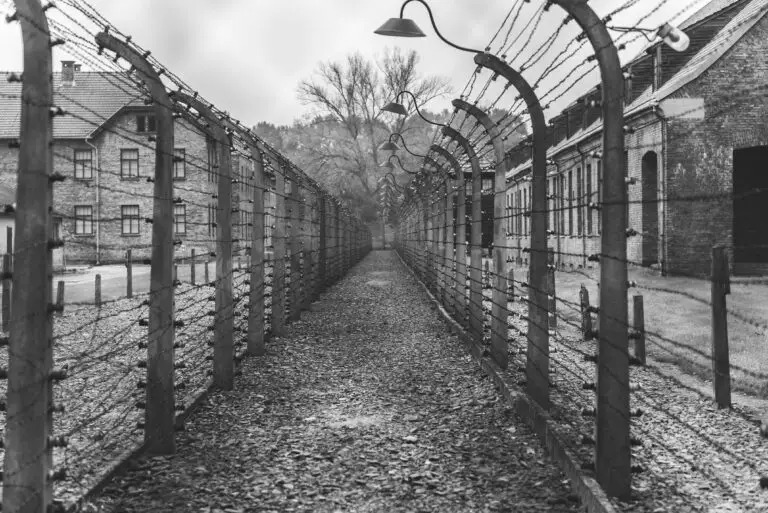Holocaust

Table of Contents
Holocaust Overview
The Holocaust was a systematic, state-sponsored persecution and genocide of six million Jews, along with millions of other victims, including Romani people, Slavs, disabled individuals, LGBTQ+ individuals, and political dissidents, by Nazi Germany and its collaborators during World War II.
The Holocaust, also known as the Shoah in Hebrew, involved mass extermination through concentration camps, forced labor, ghettos, and mass shootings. It was implemented as part of Adolf Hitler’s “Final Solution” to eradicate the Jewish population of Europe.
The Holocaust stands as one of the darkest chapters in human history, symbolizing the depths of human cruelty, intolerance, and genocide. Its memory serves as a poignant reminder of the importance of combating hatred, bigotry, and discrimination and promoting human rights and dignity for all.
Holocaust Events
The Holocaust was the systematic, state-sponsored persecution and genocide of six million Jews, along with millions of others, including Romani people, disabled individuals, and political dissidents, by Nazi Germany and its collaborators during World War II.
The Holocaust was carried out in stages, beginning with discriminatory laws and policies targeting Jews and other minority groups, such as the Nuremberg Laws in 1935, which deprived Jews of their civil rights and citizenship.
The implementation of the Final Solution, a plan to exterminate European Jewry, escalated during the war, leading to the establishment of concentration camps, extermination camps, and killing squads known as Einsatzgruppen.
Concentration camps, such as Auschwitz, Dachau, and Buchenwald, were used to imprison, torture, and exploit prisoners for forced labor under inhumane conditions.
Extermination camps, including Auschwitz-Birkenau, Treblinka, and Sobibor, were designed specifically for the mass murder of Jews and others through methods such as gas chambers, shooting squads, and starvation.
Widespread dehumanization, brutality, and atrocities, including medical experiments, forced sterilizations, and mass shootings, characterized the Holocaust.
Resistance to the Holocaust took various forms, including armed uprisings in ghettos and camps, underground movements, and acts of defiance and sabotage.
Allied forces, upon liberating concentration camps and discovering the full extent of Nazi atrocities, documented evidence of the Holocaust, including photographs, testimonies, and mass graves.
The Nuremberg Trials, held after the war, prosecuted Nazi leaders and collaborators for war crimes, crimes against humanity, and genocide, establishing legal precedents for the prosecution of individuals responsible for genocide and crimes against humanity.
The Holocaust had profound and lasting effects on Jewish communities, survivors, and the world at large, shaping post-war politics, human rights movements, and efforts to combat prejudice, racism, and genocide. Remembering and commemorating the victims of the Holocaust remains a crucial aspect of confronting and preventing future atrocities.
Related Links
Berlin Airlift
Genocide
Korean War
World War II